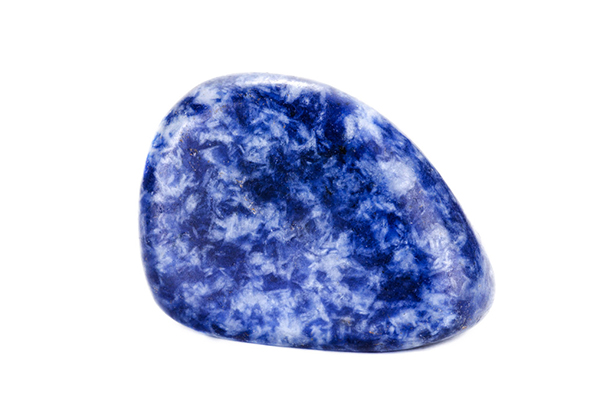Antifreeze plays a crucial role in maintaining the optimal performance of our vehicles, especially during extreme weather conditions. However, have you ever wondered about the various colors of antifreeze available? In this article, we will explore the fascinating world of antifreeze colors and delve into the truth behind the existence of pink antifreeze. Join us as we unravel the mystery and shed light.
Understanding Antifreeze Colors:
Antifreeze is available in different hues, with each color indicating a particular type or formulation. Common antifreeze colors include green, orange, blue, and the topic of our focus: pink.
Green antifreeze has been the most commonly used type for several years. It contains additives like silicates and phosphates and is typically found in older vehicles. Orange antifreeze, also known as Dex-Cool, is often associated with General Motors vehicles and is a long-life coolant. Blue antifreeze, on the other hand, is commonly used by European car manufacturers. Now, let’s explore the intriguing world of pink antifreeze.
Pink Antifreeze: Myth or Reality?
There has been much debate surrounding the existence of pink antifreeze. Some claim it is a rare and highly specialized coolant, while others argue that it is merely a marketing ploy. To understand the truth, we need to look at the historical context of pink antifreeze.
Pink antifreeze did exist in the past, particularly in certain European vehicles. However, the availability of pink antifreeze has diminished over time. Today, most vehicles do not come with pink antifreeze as the standard option. However, it is essential to clarify the misconceptions associated with pink antifreeze.
Different Types of Pink Antifreeze:
While pink antifreeze may not be as prevalent as other colors, it is essential to acknowledge that there are still different types available. These can be broadly classified into two categories: OEM-specific pink antifreeze and universal pink antifreeze.
OEM-specific pink antifreeze is formulated to meet the specific requirements of certain vehicle manufacturers. It is designed to provide optimal cooling and protection for particular engine designs. Features such as extended service life, compatibility with specific materials, and corrosion protection make OEM-specific pink antifreeze an attractive choice for those with vehicles manufactured by brands that recommend it.
On the other hand, universal pink antifreeze is formulated to cater to a broader range of vehicles. It offers compatibility with various makes and models, simplifying the selection process for consumers. Universal pink antifreeze typically contains a mix of additives and inhibitors to protect different engine types, ensuring efficient heat transfer and preventing corrosion.
Advantages and Disadvantages of Pink Antifreeze:
When considering any type of antifreeze, it is crucial to weigh the advantages and disadvantages. Let’s take a closer look at what pink antifreeze has to offer.
Advantages:
Pink antifreeze, regardless of its specific type, offers several benefits. First and foremost, it provides enhanced cooling properties, ensuring the engine operates within the optimal temperature range. Additionally, pink antifreeze often has a longer service life compared to traditional green antifreeze, reducing the frequency of coolant changes. Moreover, it is formulated to be compatible with different materials, preventing damage to the engine and cooling system components.
Disadvantages:
It is essential to consider the potential drawbacks. One notable disadvantage is the cost. OEM-specific pink antifreeze can be more expensive compared to other types of coolant due to its specialized formulation. Moreover, the availability of pink antifreeze may be limited in some regions, making it harder to find compared to more widely used colors like green or orange.
Tips for Choosing and Using Pink Antifreeze:
If you decide to use pink antifreeze in your vehicle, here are some helpful tips to ensure you make the most out of it:
Consider vehicle manufacturer recommendations: Check your vehicle’s manual or consult the manufacturer’s recommendations to determine if they specifically recommend or require pink antifreeze. Following their guidelines ensures compatibility and optimal performance.
Take climate and temperature into account: Different antifreeze formulations are designed to perform best under specific temperature ranges. Consider the climate in your region and choose an antifreeze that can handle the lowest expected temperatures to provide effective freeze protection.
Follow proper usage and maintenance practices: Just like any other antifreeze, pink antifreeze requires regular maintenance. Periodically check coolant levels and concentration to ensure they are within the recommended range. Flushing and replacing the coolant at the recommended intervals will help maintain the cooling system’s efficiency and prevent potential issues.
Avoid mixing different types of antifreeze: Mixing different types of antifreeze can lead to compatibility issues and compromise the effectiveness of the coolant. Stick to one type and avoid mixing pink antifreeze with other colors unless specifically recommended by the manufacturer.
Conclusion:
While pink antifreeze may not be as prevalent as other colors in the market, it still has its place in the automotive world. Whether you opt for OEM-specific pink antifreeze or a universal formulation, it is important to understand its advantages, disadvantages, and proper usage guidelines.
Remember to consider your vehicle manufacturer’s recommendations and the climate in your region when selecting an antifreeze. Regular maintenance, including coolant level checks and timely flushing, will help ensure the optimal performance and longevity of your vehicle’s cooling system.
While pink antifreeze may have a higher price tag and limited availability in some areas, its benefits in terms of enhanced cooling, longer service life, and compatibility make it a viable choice for those seeking reliable engine protection.
So, the next time you encounter pink antifreeze, you’ll have a better understanding of its significance and be equipped to make an informed decision for your vehicle’s cooling system needs.


